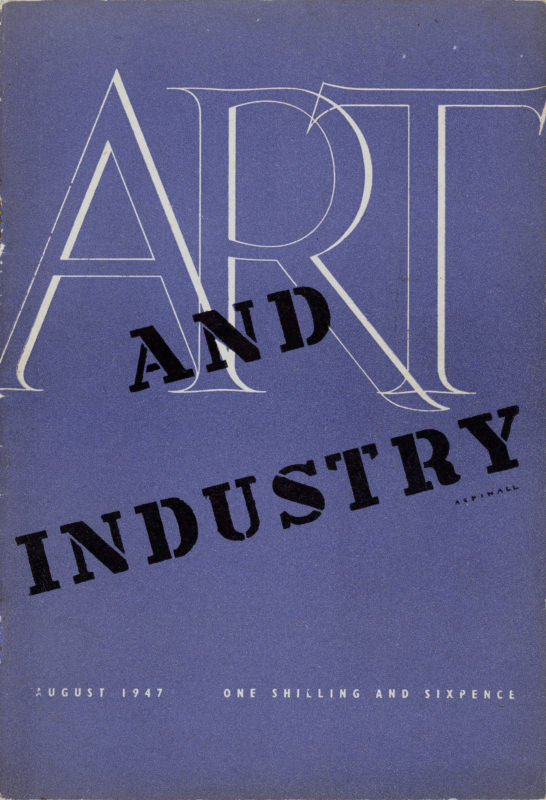Estimated reading time: | Select text to share via Facebook, Twitter or Email
If there is one point which should be made on the subject of Art and Advertising it’s just this: a successful advertisement is a complete unit, a fact often overlooked, and that an advertisement is better for being the work of one man, call him what you will, Art Director, Designer, or any new term which may be coined. That is to say, an advertisement is a message which should be realized in its entirety, not a patch work of Illustration, Headline, Typography and Signature. Each and every element should be entirely integrated from the start, not pulled together later to meet certain exigencies of space and time.
This seems so self-evident as hardly to need restatement. Unfortunately, it’s not commonly practised. One has only to look at exhibits of Advertising or “Advertising Art” to see how far from common practice is this complete integration.
To me, it would come somewhat as a shock, perhaps a sense of failure, if one item, say the illustration, were torn from the context of a complete advertisement and exhibited as a separate work of art.
And yet, that is exactly what happens. Too frequently, an exhibition of advertising art resembles Varnishing Day at the Academy…slick pictures in gilt frames, with special light brackets…a triumph of Beaux Arts a defeat of the very purpose of effective advertising creation.
Perhaps this is because the dead hand of the Atelier still persists. Perhaps it’s the fault of our education. For it still smells of the Life Class.
Now, I hold no brief against sound art education, but it does seem that we are still confusing the part for the whole.
My belief is, as I have said, that an advertisement should be a complete conception…so integrated that no part should be, or could be, taken out for special exhibition. And, incidentally, that applies to a poster or a well designed package or product as well.
Without labouring the point, I would like to make clear that I am not interested in “Advertising Art” or any phase or technique that is separate from the one and only purpose to say something clearly, convincingly, urbanely.
That goal and that ideal should make for real craftsmanship. That is a task that requires complete understanding on the part of the craftsman…for the more he understands the message, the more he feels it…the more he is likely to project it successfully to a comprehensive audience.
I have no particular credo, except that I must insist on the social responsibility of the advertising artist. He can take the easiest way, the primrose path of popular bad taste; he can truckle to the lower instincts of the herd and for a while, at least, he will secure material rewards. But I do believe, that living and working within the canons of good taste (trust and honesty), he will receive spiritual rewards…and because there is a considerable amount of justice still existent in this commercial world, he will by no means be slighted in the very material rewards.
Thus, the advertising artist may lazily permit himself to be caught in an eddy that drowns his self-respect and social utility, or he can strike out into the clear stream of social, intellectual and spiritual progress…which, in the long run, is the hope of the world.
Three designs by Paul Rand. Top right: A jacket design in grey and black for the Container Corporation, making imaginative use of abstract symbolism. Above: Magazine advertisement in black and green. Below right: Apparel Arts poster in full colour montage. Two amusing designs whose humour is inherent not only in the form of the design, but also in the association of ideas
Four designs by Paul Rand. Opposite page: A magazine advertisement in full colour. Its effect depends upon its typographic form, in the careful assymetric arrangement of illustration, type and colour. Top left: An imaginative use analogy and symbolism in a newspaper advertisement. Top right A magazine advertisement making effective use of a symbol and its association. Below right: A newspaper advertisement; charcoal drawing. A further example of humour which is indigenous to the design as a wholekdown-it(html typographer plugins=[‘markdown-it-sup’])






